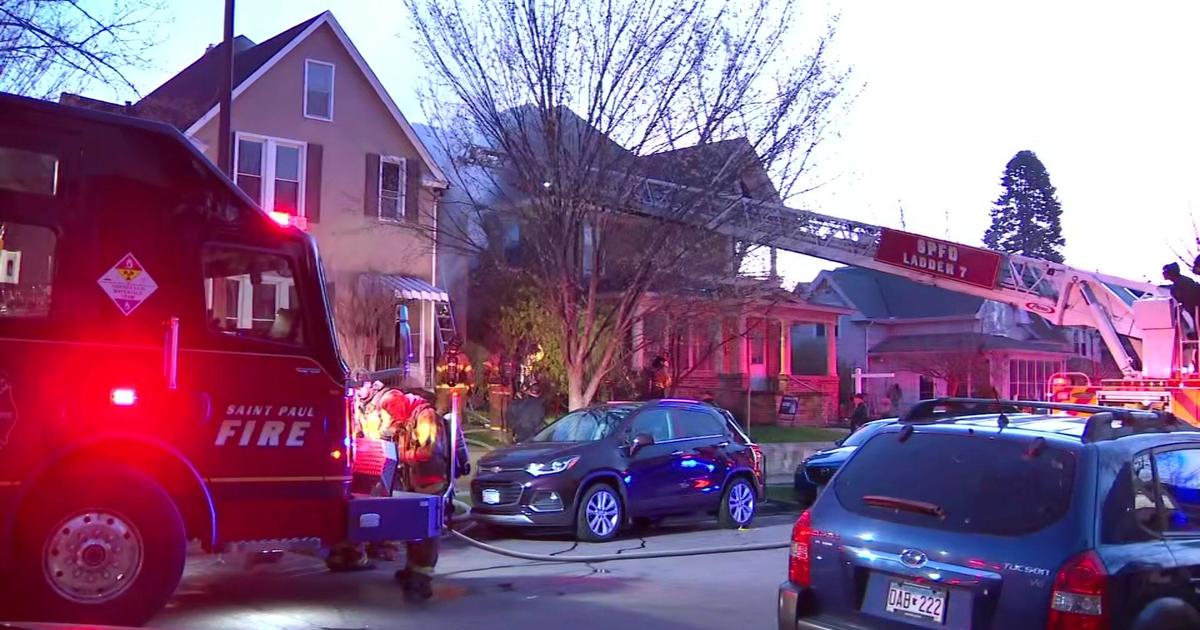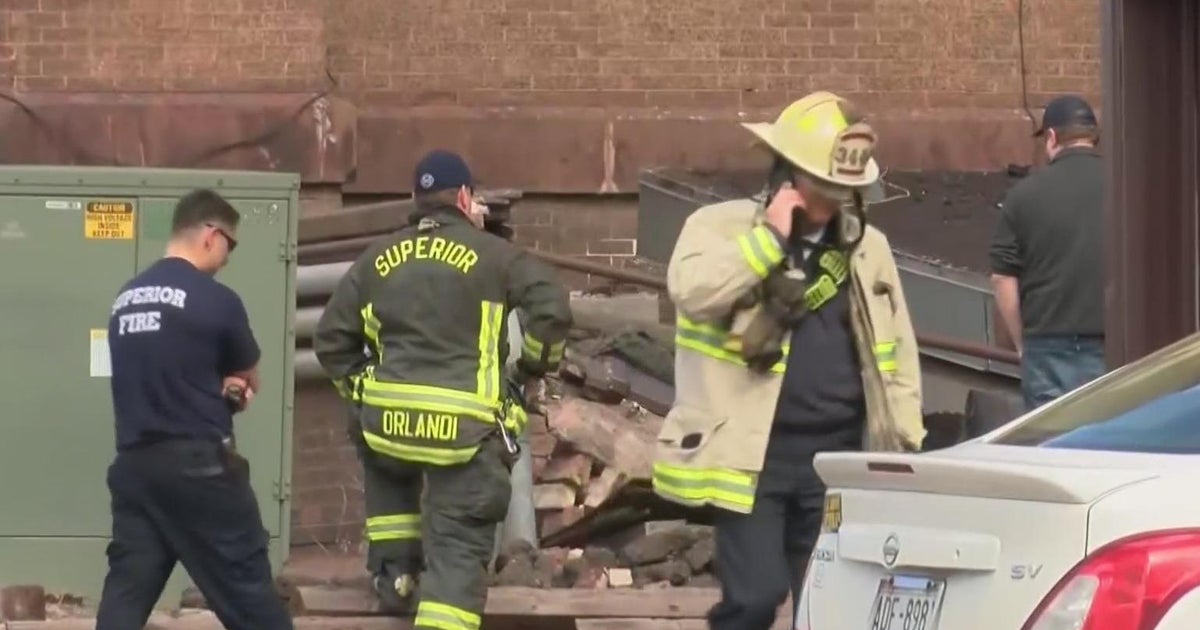Good Question: Who Should Keep Fire Hydrants Clear Of Snow?
Note: This story originally aired in 2014, but officials say the information is still accurate.
MINNEAPOLIS (WCCO) - With all of the snow and subzero temperatures this winter, several of you have wondered about how firefighters are able to use the hydrants when they need them.
Jeff from Plymouth and Carol from Eagan asked: How does the water in a fire hydrant not freeze?
Roger from St. Paul wanted to know: Whose responsibility is it to keep the fire hydrants clear?
First, we'll discuss the snowy fire hydrants.
"It's not a law, it's just sort of a duty. It's sort of the right thing to do," said St. Paul Fire Marshal Steve Zaccard.
With 7,000 fire hydrants in St. Paul, firefighters mostly rely on volunteer efforts by people to dig out the hydrants in front of their work or home. Zaccard says it can take two or three firefighters three minutes to dig out a hydrant - more than the amount of time it can take for a fire to double in size.
"We do bring water in our tanks in our engines, but that's a limited supply (about 500 gallons)," Zaccard said. "That'll get us for the first few minutes of a fire, but then we want to hook up to a hydrant and get a continuous reliable supply of water."
Firefighters need at least three feet dug out all the way around a hydrant, including access to the street. According to Minneapolis Assistant Fire Chief Cheri Penn, Minneapolis Public Works crews dig out as many of the city's more than 8,000 hydrants, but they mainly rely on the people in the neighborhoods.
Some cities, including Woodbury, have official "Adopt-a-Hydrant" programs.
Zaccard says he can remember a commercial fire from 2010 where all of the hydrants were either buried or inoperable. In that case, crews had to run a quarter mile of water hose down University Avenue.
"We weren't able to get big water on it right away, so it burned a little longer than it would have were we able to use the hydrants nearby," he said.
And, as for why the water in the hydrants doesn't freeze, Zaccard says it's because the water source is well below the frost line.
"The hydrant itself is dry," said Zaccard. "When you turn a hydrant on it opens the valve about six or eight feet below grade, below the frost line … the same water main that serves your toilets and your kitchen sink is the water that we use to fight fires with."
Zaccard says hydrants can freeze when the water doesn't drain properly after it's used, but that is rare because the fire department lets the utility company know after a hydrant has been tapped.
"It's pretty rare that we run into one that's frozen because have an excellent water utility," he said.



